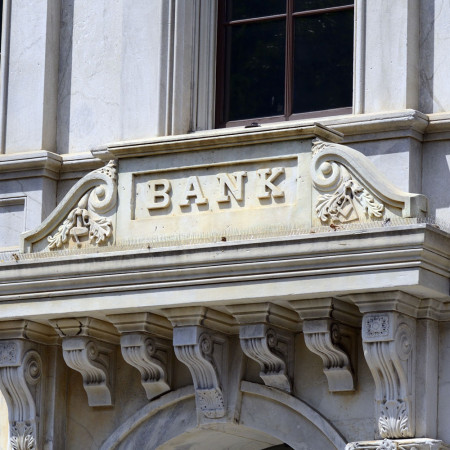Banking in 2016 in the United States is going to change. Big time. Over the next five years, a revolution in financial services will take place.
Banking in the United States is about to change. Big time. Over the next five years, a revolution in financial services will take place. It’s already started, but unfortunately many big banks haven’t gotten the message. Consumers and small business owners are empowering themselves through technology to take more control of their money. Welcome to the future of banking.
Traditional banks are facing an existential crisis
A bank’s main asset has always been its reputation for security and safety. What other industry can convince consumers and businesses to hand over trillions of dollars for safekeeping based on a promise? Unfortunately, the events of the past few years have damaged – perhaps irreparably – the reputation of large financial institutions. Instead of being seen as a safe haven in an insecure world, many banks are now viewed as being complicit in the creation of financial insecurity.
This isn’t the first time that the banking industry has faced a crisis. But this time, it’s different because consumers have alternatives.
Technology gives consumers alternatives.
According to the Federal Deposit Insurance Corporation (FDIC), as many as 70 million people in the United States are unbanked or under banked. Unbanked refers to a consumer (or business owner) that operates entirely outside of the traditional banking system. Underbanked means that they satisfy only a small portion of their financial needs within the banking system.
Most of these people aren’t keeping their money under a mattress. Instead they use prepaid debit cards to pay their bills; use PayPal and other online services to send money, receive money, and pay for purchases; use alternative lending services like Think Finance to cover shortfalls in cash. Many of these alternatives are expensive, but through competition and innovation even that is changing.
Want to read more about small-business banking? Check these out:
Making matters worse is the fact that most large financial institutions are embracing technological change very slowly. In banking parlance, reaching a customer through any means other than a physical branch is called an “alternative channel.” This betrays the internal belief that a branch should continue to be the main point of contact. The reality for most consumers is that checking your balance online or on a smartphone is far more desirable.
So what will your bank look like in 2016?
Given the pace of innovation in the financial sector, it’s realistic to expect an entirely new banking landscape in 2016. Expect:
Your mobile phone will be your branch. Now considered an alternative channel, this will become your main point of contact with your bank. Nokia, for example, has developed technology that embeds directly into smartphone handsets and allows secure financial transactions to take place. Many large banks now offer mobile banking which represents a limited set of banking services. Expect all banking transactions – including credit transactions – to be available on your smartphone.
New brands will capture significant market share. Given the growth of companies like PayPal, Xoom, Think Finance, and other innovative financial services companies, it is realistic to expect an entirely new bank (or bank alternative) to capture significant market share. At the moment, federal policy is to encourage consolidation in the banking industry. New entrants may opt to offer non-bank financial services to avoid regulatory delays and still capture significant market share.
Go to the article: Small Business Banking in 2016
